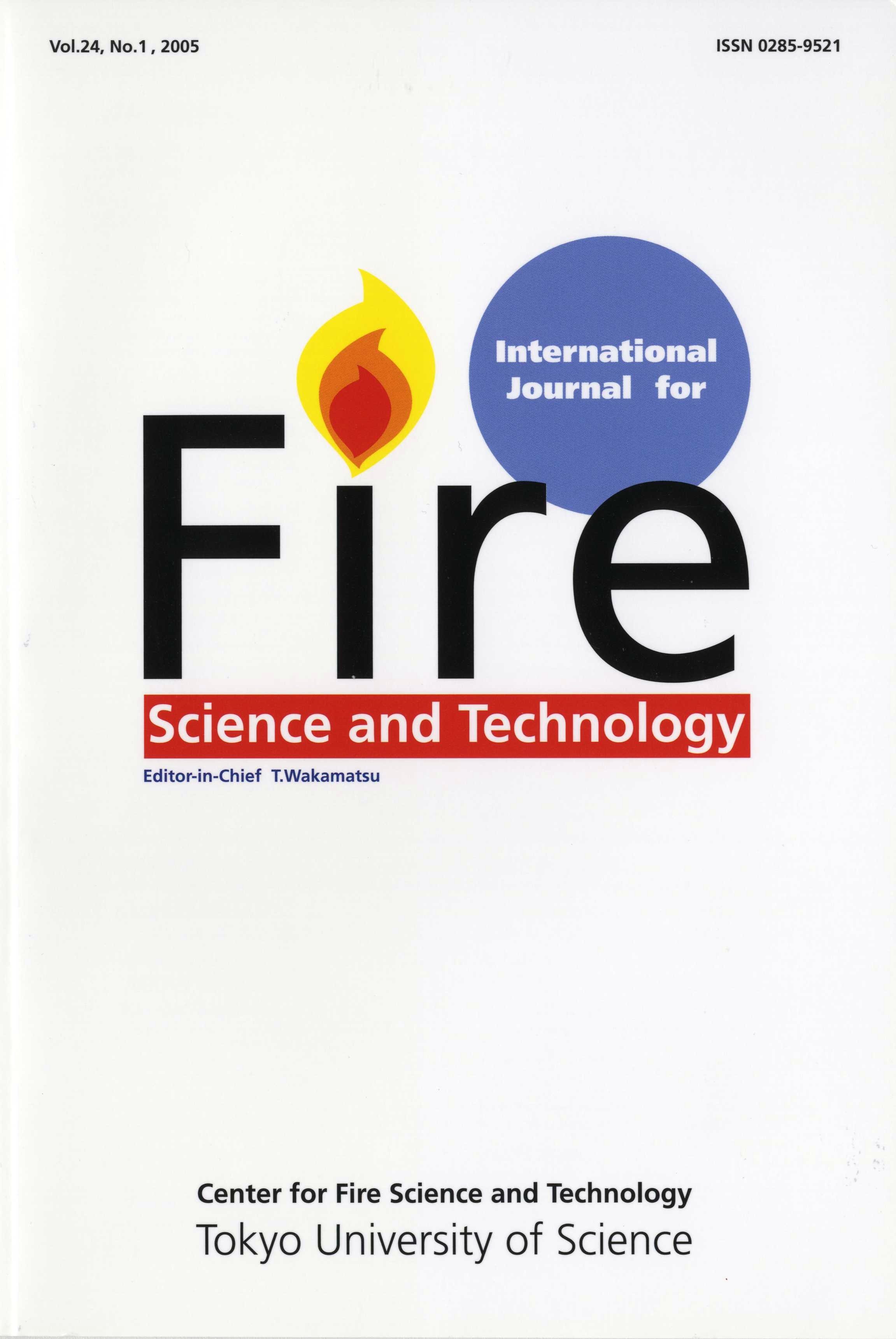All issues

Volume 40 (2021)
- Issue 1 Pages 1-
Volume 40, Issue 1
Displaying 1-4 of 4 articles from this issue
- |<
- <
- 1
- >
- >|
-
Natsuki Date, Kohei Yokosuka, Takashiro Akitsu2021 Volume 40 Issue 1 Pages 1-13
Published: 2021
Released on J-STAGE: March 03, 2022
JOURNAL FREE ACCESSArtificial Intelligence (AI) text mining analysis with a "user local" program was conducted on "chemical experiment accident case in 2009". A Japanese document was utilized that summarized the data of accident cases of university chemistry laboratories accompanied by past fires. This document was analyzed using an AI text mining program to check the frequency of word occurrence, relationships between words, etc. Based on the results of this analysis, as well as the opinions of university students concerning these results, we attempted to answer the following research questions. What major factors can be identified about chemical experimental accidents, such as "cause-effect" and "substance-condition"? Do differences exist between statistics and human senses regarding performing chemical experiments? Comparison of the results between text mining and human sense demonstrated that it remains difficult to analyze conditions of specific accidents only from AI text mining results, at least with the aid of present knowledge of chemistry.View full abstractDownload PDF (1472K) -
Soron Yamauchi, Shunsuke Aoki, Masayuki Mizuno, Takashiro Akitsu2021 Volume 40 Issue 1 Pages 15-24
Published: 2021
Released on J-STAGE: March 03, 2022
JOURNAL FREE ACCESSThis report comprehensively explores the risks of organic solvents as both fire and health hazards based on the results of "working environment measurements", as specified in Japan's safety and health laws. The results in 2018 and 2019 in our chemical laboratory determined that the lids of many waste solvent containers were open, which may potentially result in both fire and health hazards. When organic solvents volatilize to fill a laboratory, the vapor may be markedly harmful to human health. Although the conditions in our laboratory have improved by 2020, our laboratory mainly uses methanol and acetone, both of which are highly flammable and could ignite to cause a fire. It should be noted that vaporizing liquid organic solvents and other gases are not under the purview of the Fire Service Act on Hazardous Materials (in Japan), which is limited to condensed or liquid phases with ignition and explosive properties. In this context, herein, we summarized the health hazards and fire hazards of organic solvents (category 4), including methanol, acetone and N,N-dimethylformamide, by analyzing the results of working environment measurements in our laboratory over a period of several years. From the perspective of health and fire safety, it is imperative to focus on strategies to mitigate the risks of organic solvents in chemical laboratories. The correlation of both aspects is also discussed based on the results.View full abstractDownload PDF (759K) -
Soron Yamauchi, Ryuya Okubo, Hanae Ko, Kan Okada, Shizuya Saito, Momok ...2021 Volume 40 Issue 1 Pages 25-37
Published: 2021
Released on J-STAGE: March 03, 2022
JOURNAL FREE ACCESSIn recent years, large-scale forest fires and wildfires have become an increasingly major problem globally. In addition to the devastating damage inflicted by the fires, the use of harmful fire extinguishing agents has also caused serious environmental problems. Forest fires also constitute an environmental problem in terms of the generation of deleterious products, such as polycyclic aromatic hydrocarbons and dioxins, as well as the disappearance of forests. Herein, based on examples of forest fires in Japan, we describe the chemical properties of fire extinguishing agents and flame retardants that potentially cause environmental problems, as well as prospects for new technologies that are both effective and environmentally-benign.View full abstractDownload PDF (922K) -
M. K. Cheong, J. J. Lau, L. W Lim, M. Thong, K.W Leong2021 Volume 40 Issue 1 Pages 39-56
Published: 2021
Released on J-STAGE: March 03, 2022
JOURNAL FREE ACCESSUsing an engineering analysis approach to accurately estimate the heat release rate of a heavy goods vehicle (HGV) fire in a road tunnel is a challenging task. The present study attempts to use a simple calculation approach and the Fire Dynamic Simulator 6.0.7 (FDS) to estimate the fire growth and peak heat release rate based on the results from one of the Singapore Fire Tests Programme. This article presents and discusses the two different modelling approaches; 1) Heat release rate per unit area coupled with the ignition temperature method, and 2) Kinetic Pyrolysis method that can be used in FDS to estimate the growth phase and peak heat release rate of a HGV fire. Although the air velocity in the fire test was 3 m/s, different air velocities and ignition locations were simulated to examine the impact of varying the air velocity and its effect on the development of HGV fire in a road tunnel.View full abstractDownload PDF (3065K)
- |<
- <
- 1
- >
- >|